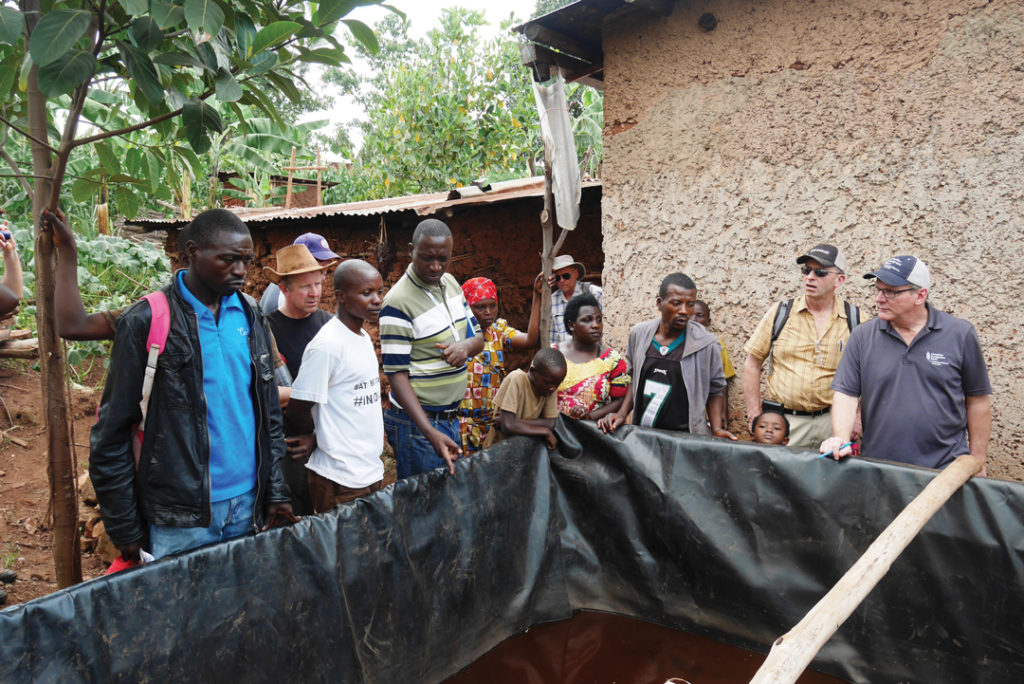HOW THE WEST WAS WON WITH WHEAT
As our country celebrates its 150th birthday, there are many people, places and things that make us proud to be Canadian. In December 2016, Abacus Data, an Ottawa-based research group, compiled a list of 78 items that Canadians are proud of. The results included a wide variety of pride-inspiring Canadiana, but one important item on the list was No. 17: Canadian wheat. That’s right—the humble cereal grain that is synonymous with the Prairies scored higher than Queen Elizabeth II, Sidney Crosby, Justin Bieber, Drake, Alberta Beef, Lululemon, the Roots brand and Air Canada. So, how is it that wheat has wiggled its way into our collective hearts? To answer that question, you must go back a quarter-millennium.









